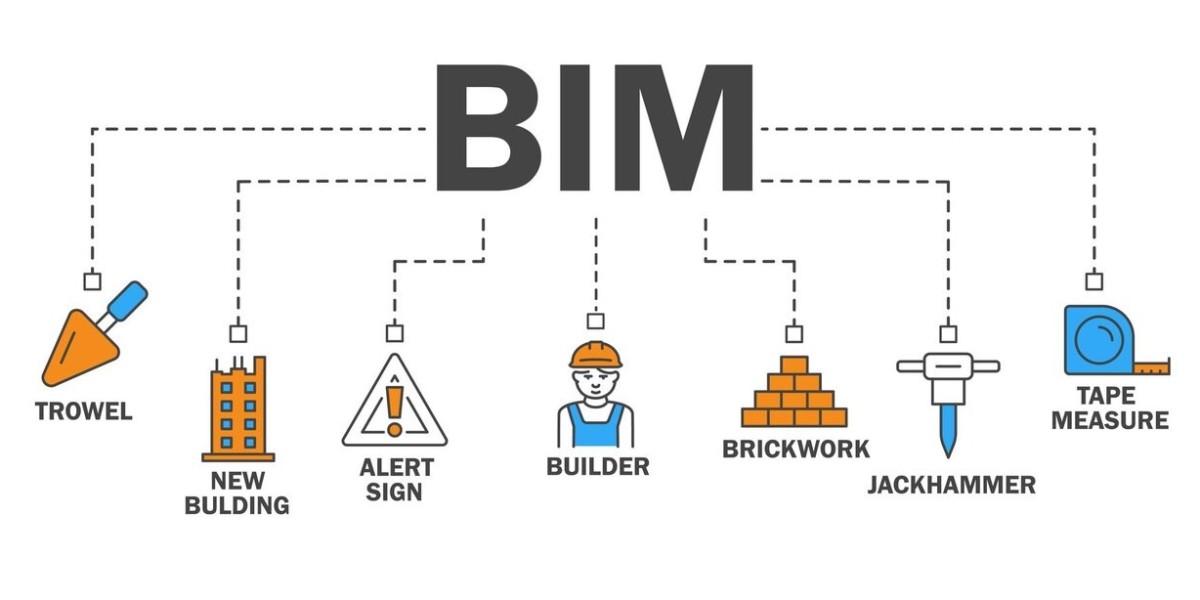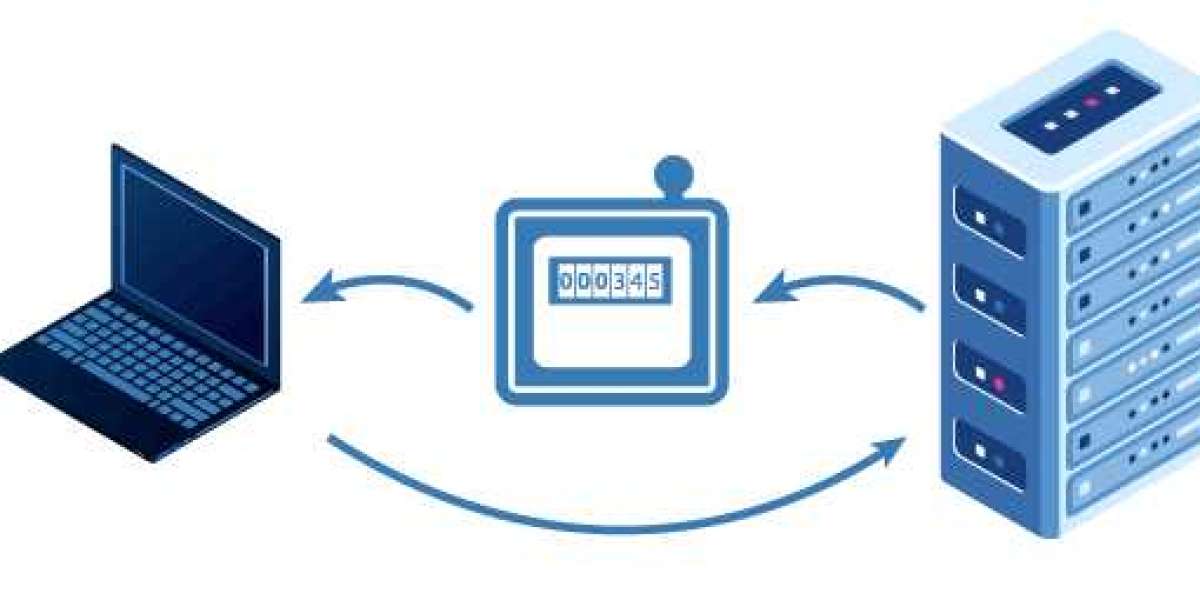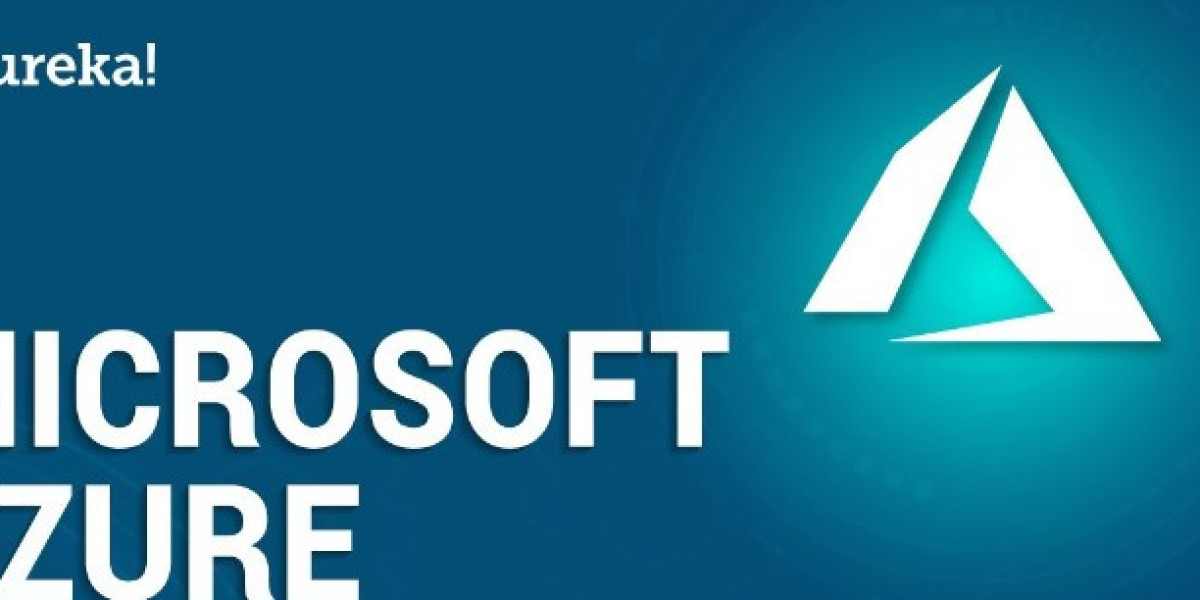The Architecture, Engineering, and Construction (AEC) industry is experiencing a significant shift driven by Building Information Modeling (BIM). This innovative approach transforms workflows by creating a collaborative digital environment for managing building projects throughout their lifecycle. Mastering BIM skills is a critical step towards thriving in this evolving landscape.
BIM courses with placement assistance and the importance of BIM Execution Plans (BEP), equipping you for a successful AEC career.
Invest in BIM Expertise with Placement-Focused Courses
Upskilling with a BIM course offers numerous benefits:
- Enhanced Employability: BIM skills are highly sought-after by construction companies, architectural firms, and engineering consultancies. Completing a BIM course with placement assistance equips you with the necessary skills and connects you with potential employers.
- Comprehensive Learning: Reputable BIM courses provide in-depth training on BIM software like Revit, Navisworks, and AutoCAD. They cover various aspects of BIM, including modeling, collaboration, and data management.
- Career Guidance: Placement-oriented programs offer additional support, such as resume workshops, mock interviews, and networking opportunities. This guidance helps you confidently navigate the job market and showcase your BIM expertise.
Course Options Tailored to Your Needs
BIM courses cater to diverse learning styles and career goals. Here are some common options:
- Diploma Courses: These comprehensive programs provide in-depth training on BIM software and typically last several months. They can be pursued full-time or part-time.
- Certificate Courses: Ideal for focused skill development, these courses cover specific BIM applications, such as BIM modeling for architects or clash detection for engineers.
- Online Courses: Online learning platforms offer flexibility for busy schedules. However, online courses often require a higher level of self-discipline compared to classroom-based programs.
Choosing the Right BIM Course with Placement
When selecting a BIM course, consider these key factors:
- Curriculum Focus: Ensure the course aligns with your career goals. Choose programs specializing in architectural BIM, structural BIM, MEP BIM, or BIM coordination depending on your desired career path.
- Faculty Expertise: Look for instructors with extensive industry experience and proven teaching skills who can provide valuable insights and practical guidance.
- Industry Recognition: Opt for programs with certifications recognized by leading BIM associations. This enhances the value of your qualifications and demonstrates industry best practices.
- Placement Assistance: Prioritize courses with dedicated career services or placement assistance. This can connect you with potential employers and help you land a BIM-related job after completing the program.
Developing a Winning BIM Execution Plan (BEP)
A BEP is a crucial document outlining a specific project's BIM processes and procedures. It ensures all stakeholders, from architects to contractors, clearly understand how BIM will be used on the project.
A well-defined BEP typically includes:
- BIM Uses: This section clearly defines the specific uses of BIM for the project, such as design coordination, clash detection, quantity takeoffs, and facility management.
- Modeling Responsibilities: Clearly define the responsibilities of each team member regarding BIM modeling tasks. This ensures clear ownership and promotes efficient workflow.
- Data Management: The BEP outlines the protocols for data exchange, file formats, and version control to ensure everyone works with the latest and most accurate information.
- Communication Protocols: Establish clear communication channels and protocols for BIM-related communications across project stakeholders.
Conclusion
Investing in a BIM course with placement assistance empowers you with the skills and industry connections necessary to launch a successful career in the AEC sector. By actively participating in BIM training and mastering the development of BIM Execution Plans, you position yourself as a valuable asset in digital construction.
Additionally, consider:
- Network with BIM Professionals: Connect with professionals working in the AEC industry to gain valuable insights into BIM implementation strategies and career paths.
- Stay Updated on BIM Trends: The BIM landscape evolves rapidly. Stay informed about the latest software advancements and industry best practices to maintain your competitive edge.
By taking these steps, you can embark on a fulfilling journey in the exciting world of BIM and contribute to the future of intelligent and sustainable built environments.



